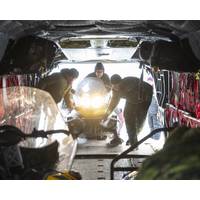
Coming in from the Cold: Canadian Arctic Security Takes Center Stage
More than 75% of Canada’s world-leading coastline (upwards of 150,000 miles or 240,000 kilometers) is Arctic, along with roughly 40% of the land. Geopolitical instability, mixed with strained relations with the United States, a rapidly warming climate and constant technological advancement have heightened northern security concerns, especially for a nation so intertwined with Arctic ecosystems and communities.Warm Weather, Frosty RelationsAlthough challenges to Arctic security are not singular to Canada, they are numerous and complex, requiring multifaceted solutions. “The Arctic has
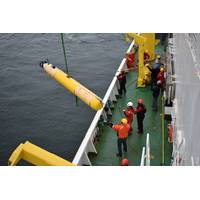
MBARI Research Supports Cryospheric Science
Decade of Action for Cryospheric Sciences, an international initiative focused on the rapid changes occurring in glaciers, snow cover, ice sheets, sea ice, and permafrost and their impacts on the planet.MBARI’s research and technology will play a critical role by providing important data about the Arctic seafloor and the Southern Ocean.“Ice-covered ocean and land are integral to the health of our planet and host unique communities of life. The Decade of Action for Cryospheric Sciences provides an opportunity to collaborate to better understand and protect these critically important polar environment
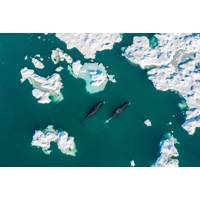
Naturally Quiet
The Arctic’s bowhead whales can live for over 200 years. Imagine what they might hear in that time: screw propellers were only just being used to power ships 200 years ago, and diesel engines appeared some hundred years after that.The underwater radiated noise of shipping has grown globally, but the Arctic is a special place. It has been partially shielded from shipping noise. Sea ice shields and diffuses underwater sound, so belugas and narwhals, for example, can find shipping noise particularly disturbing – perhaps leaving the area for days. There have been reports of belugas
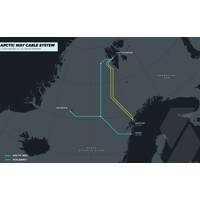
Space Norway, SubCom Announce Contract-in-Force for Arctic Way Cable System
Space Norway and SubCom announced that a contract is in-force for the survey, design, supply and installation of the Arctic Way Cable System. Providing necessary route diversity to a region with rapidly increasing data traffic demands, the new system will become a critical asset for transmitting data between the Norwegian mainland, Jan Mayen, and the Svalbard archipelago.SubCom will produce the components for Arctic Way at its manufacturing campus in Newington, NH, USA. The trunk-and-branch, repeatered system will be approximately 2,350 km in length with direct shore end landings in Bodø, Norway
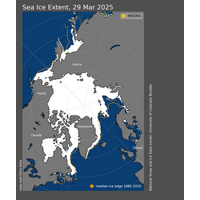
Arctic Sea Ice Hits Record Low Maximum Extent for the Year
Arctic sea ice has likely reached its maximum extent for the year, at 14.33 million square kilometers (5.53 million square miles) on March 22, according to scientists at the National Snow and Ice Data Center (NSIDC) at the University of Colorado Boulder.The 2025 maximum sea ice extent is the lowest in the 47-year satellite record, falling short of the previous record low of 14.41 million square kilometers (5.56 million square miles) set on March 7, 2017.“This new record low is yet another indicator of how Arctic sea ice has fundamentally changed from earlier decades,” said NSIDC senior
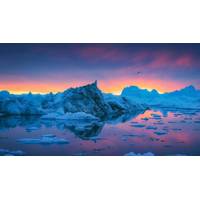
MoU Signed for Pan-Arctic Cable System
Cinia Oy, NORDUnet A/S, Tusass A/S, the Dutch Subsea Cable Coalition, GlobalConnect AB, and Tampnet A/S have signed a European Memorandum of Understanding (MoU), recognizing the strategic value of a Pan-Arctic Cable System (PACS) and the contribution such a cable system will make to the global digital connectivity infrastructure.The MoU affirms the partners’ vested interests in establishing and executing a long-term strategy for jointly realizing the development and implementation of a pan-Arctic submarine cable system.Polar Connect is a proposed subsea cable on a direct route east of Greenland
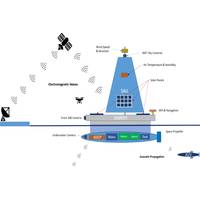
Autonomous Multi-Vehicle System Designed for Long-Term Arctic Studies
Long-term data collection is needed to understand Arctic marine ecosystem changes as sea ice melts in response to climate change.However, direct observation is challenging as satellite sensors have a coarse spatial resolution and cannot detect the fine fractal structure of the ice. Deploying human-crewed ships to the area also is difficult due to extreme weather conditions and risks posed by floating broken ice. Moreover, traditional ocean observation methods offer limited temporal and spatial coverage, while drones and AUVs are hindered by energy constraints that restrict their research potential.
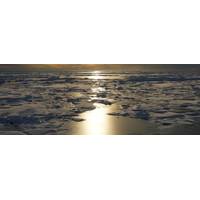
An Arctic “Beyond Recognition” Expected by 2100
on the current pledges of countries for limiting their emissions of greenhouse gases, global temperatures are projected to reach 2.7 degrees Celsius beyond pre-industrial levels by the end of this century.A new review paper, published in Science on February 6, 2025, highlights the expected changes to the Arctic, the fastest-warming region on Earth. The paper, “Disappearing landscapes: The Arctic at +2.7°C global warming,” was led by Julienne Stroeve, senior research scientist at the National Snow and Ice Data Center (NSIDC) and professor at the Centre for Earth Observation Science at the
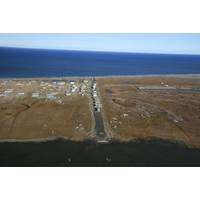
Most Coastal Arctic Infrastructure at Risk by 2100
Erosion, sea level rise and melting permafrost will wreak havoc on buildings and communities in the far north, according to the first pan-Arctic risk assessment of coastal threats.The new study has produced the first map of all coastal communities and infrastructure across the Arctic, showing the vulnerability of the built environment to threats from climate change. Erosion is currently the biggest threat to Arctic coastlines; some places are already experiencing erosion up to 20 meters (67 feet) per year. But rising seas and shifting storm patterns are predicted to emerge as threats in coming decades
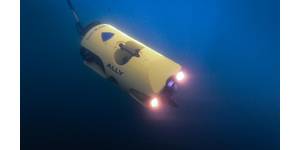
 February 2025
February 2025





